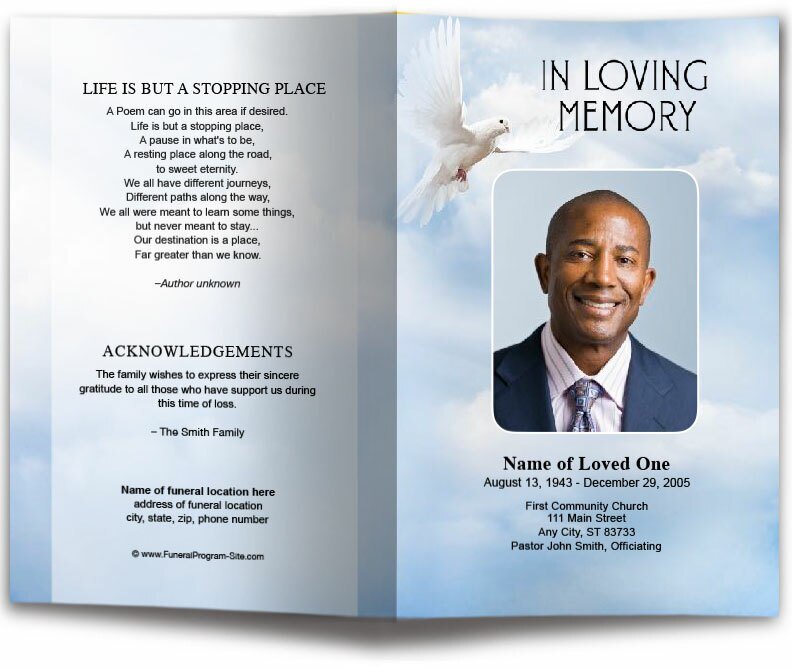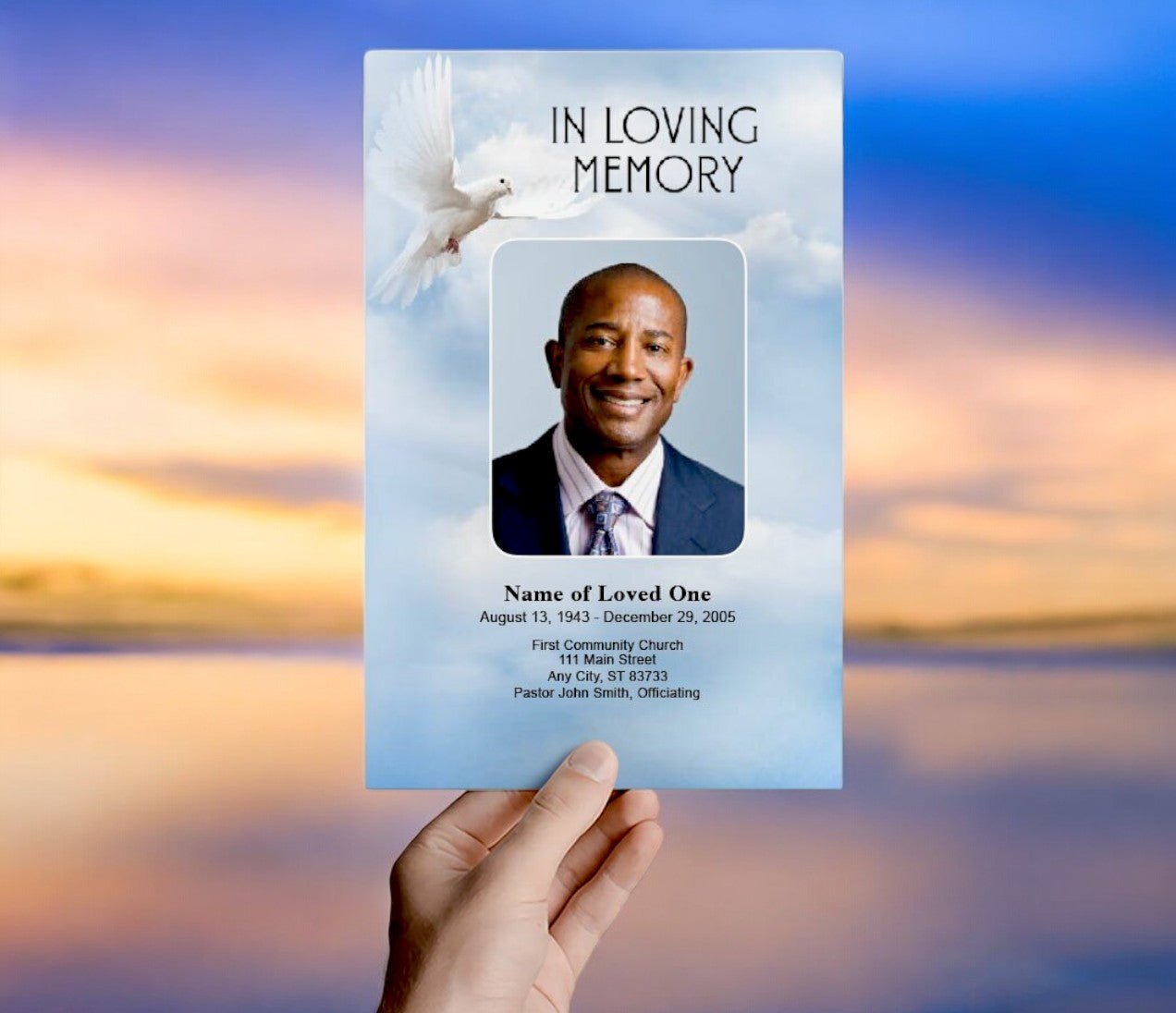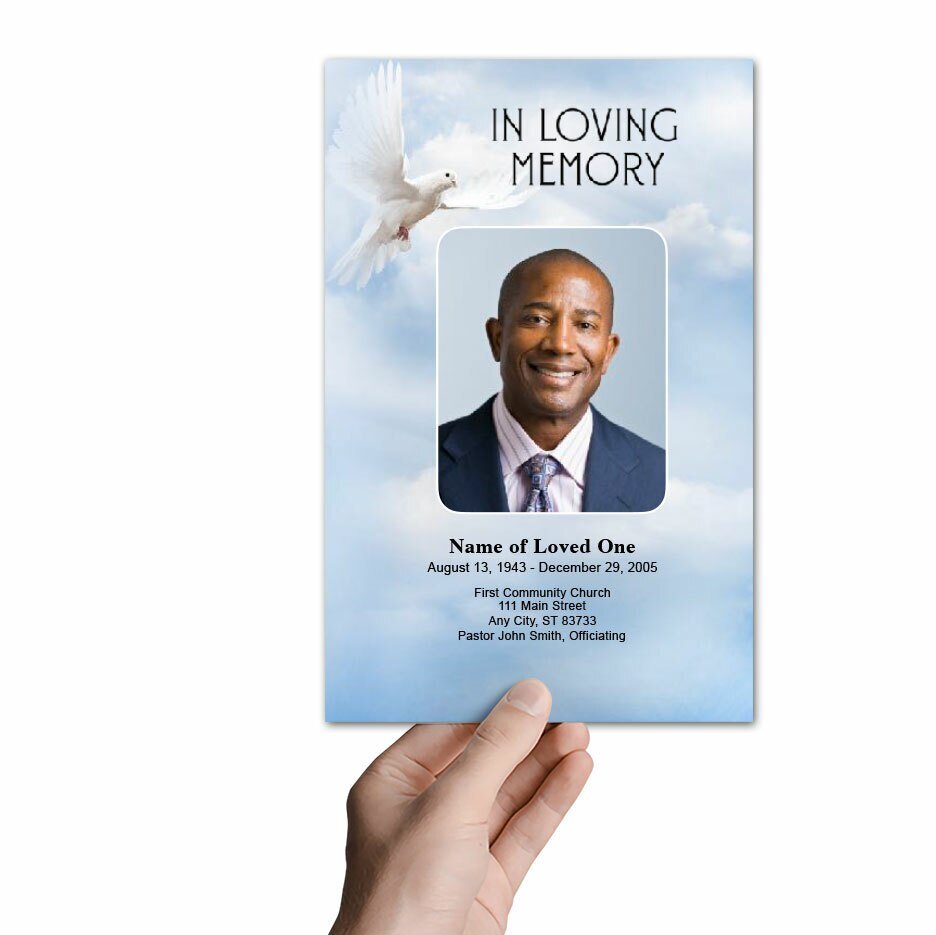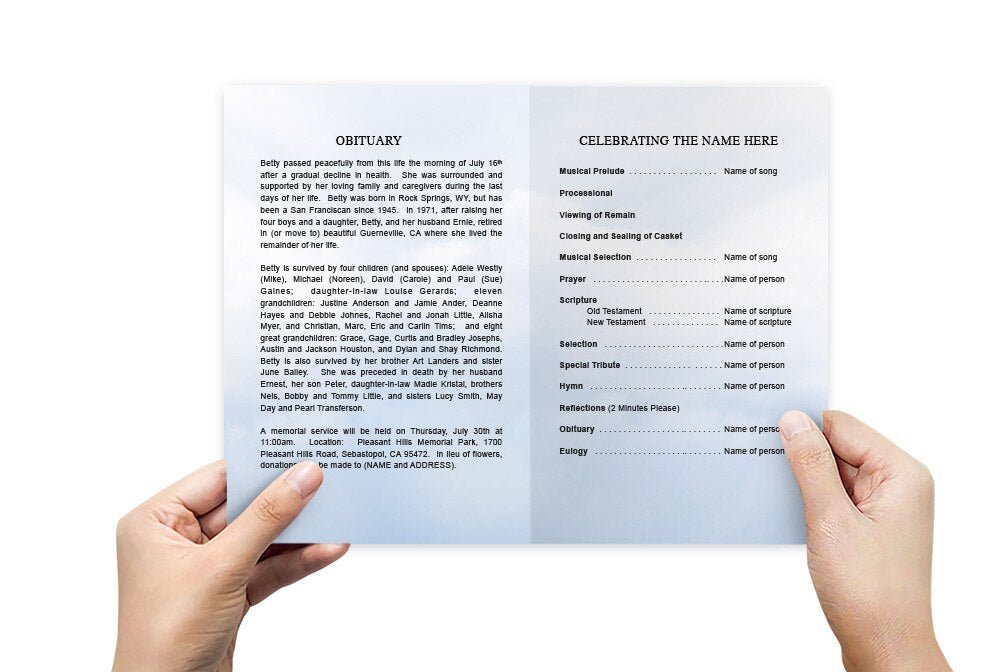What Are Some Creative Ways To Incorporate Memory Sharing Sections At A Funeral?

Creative Ways to Incorporate Memory Sharing Sections in Funeral Services
Introduction to Memory Sharing at Funerals
Memory sharing is a profound way to celebrate the life of a loved one during a funeral or memorial service. It allows friends and family to contribute personal stories, reflections, and memories, creating a richer, more personalized tribute. Integrating creative memory-sharing sections can make the service not only a moment of mourning but also a celebration of a life well-lived.
Ideas for Creative Memory Sharing
1. Memory Boards
Create a large display board or several smaller boards where attendees can pin written memories, photos, or mementos. Provide colorful markers, note cards, and pins. This visual representation of shared memories can be a powerful focal point at the service and later serve as a cherished keepsake for the family.
2. Video Memory Montage
Prior to the service, collect video clips from those who were close to the deceased. These can include stories, messages of love, or favorite memories. Compile them into a montage to be played during the service. This can be particularly touching and allows those who cannot attend to be part of the remembrance.
3. Interactive Memory Map
Set up a world map or a map of a significant area and invite guests to pin locations with attached notes describing memories associated with those places. This is especially meaningful for someone who loved to travel or had a significant impact in various places.
4. Memory Jars
Place memory jars around the venue with prompts on each jar. Prompts could be specific, like “Funny Stories,” “Words of Wisdom,” or “Adventures with [Deceased’s Name].” Provide slips of paper and pens for guests to fill the jars with their memories. These can later be read by the family or even shared online with friends and family who could not attend.
5. Virtual Memory Book
Create a digital guestbook or a memorial website where people can post their stories, photos, or videos. This can be set up prior to the service and shared with attendees and those unable to attend. It allows for an ongoing collection of memories that can continue to grow and be accessed anytime.
6. Live Story Sharing
Allocate a specific time during the service for open mic sharing, where guests can come up and share their memories live. This can be guided by a master of ceremonies to ensure everyone who wishes to share has the opportunity. This real-time sharing can be very cathartic for guests and deeply meaningful for the family.
7. Themed Memory Stations
Set up stations that reflect different aspects of the deceased’s life, such as hobbies, career achievements, or passions. Each station can have photos, items, and a guest book related to that theme where guests can add their memories and stories.
8. Memory Balloon Release
At the close of the service, provide balloons for each guest to attach a written memory or message to, and have everyone release them together. This visually impactful moment not only symbolizes the memories ascending to the skies but also provides a sense of communal closure.
Best Practices for Memory Sharing
- Privacy and Sensitivity: Be mindful of the nature of shared memories and ensure they are appropriate for a public setting.
- Accessibility: Make sure all guests, including those with disabilities, can participate in the memory-sharing activities you plan.
- Facilitation: Have volunteers or staff available to assist with activities and ensure that everyone feels comfortable participating.
Conclusion: Enriching Memorials Through Shared Memories
Incorporating creative memory-sharing sections in funeral services can transform a traditional memorial into a dynamic celebration of life. These activities not only provide comfort during the service but also create lasting tributes that families can cherish and revisit over the years. By enabling friends and family to share their memories, you help preserve the legacy of the deceased in a uniquely personal way.





























